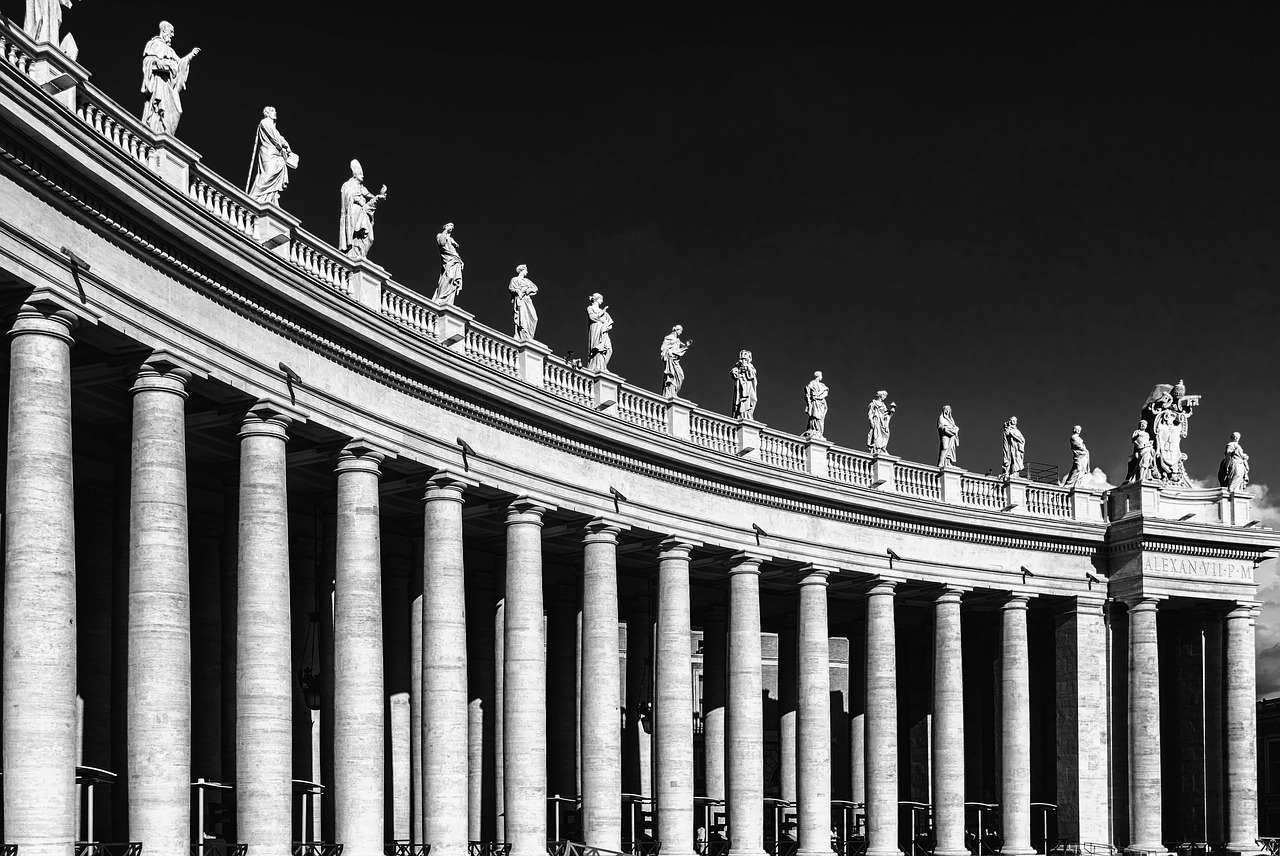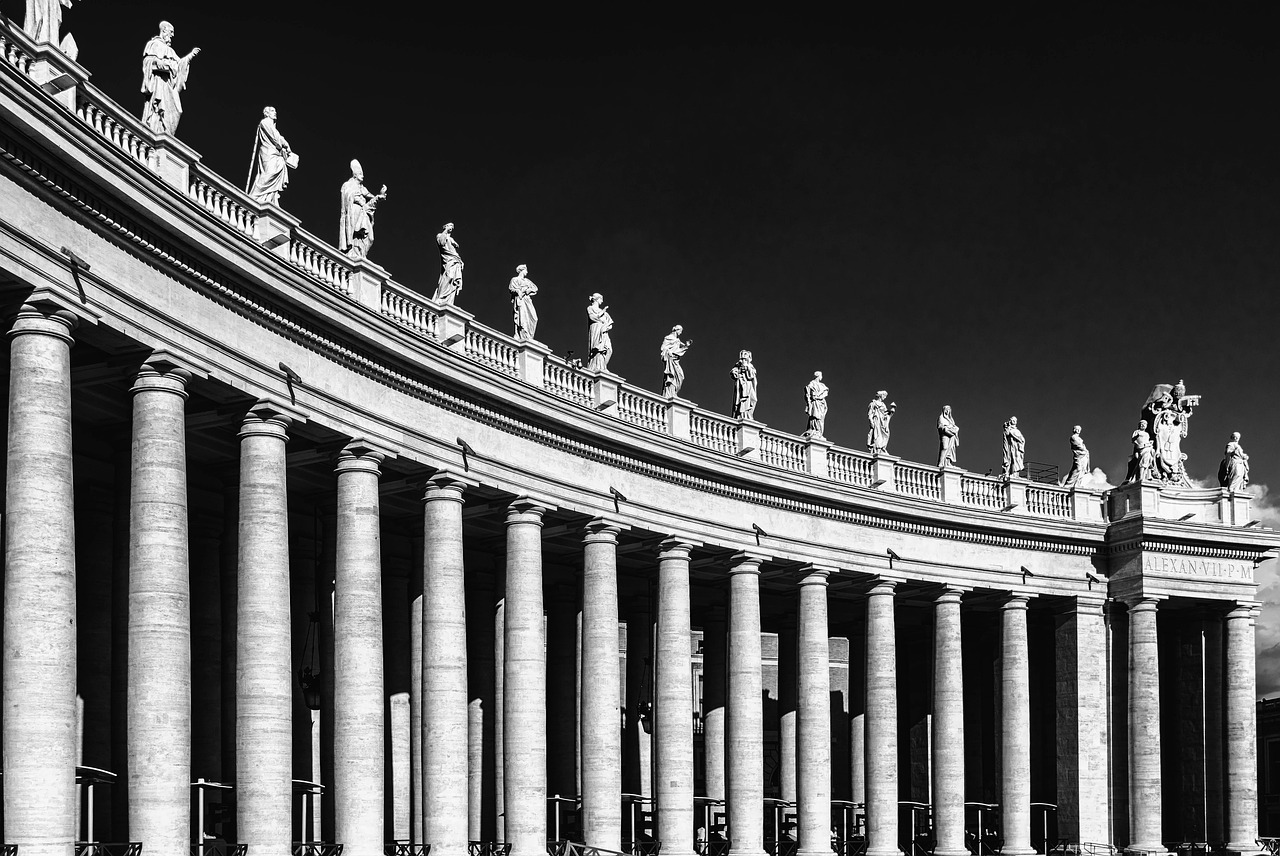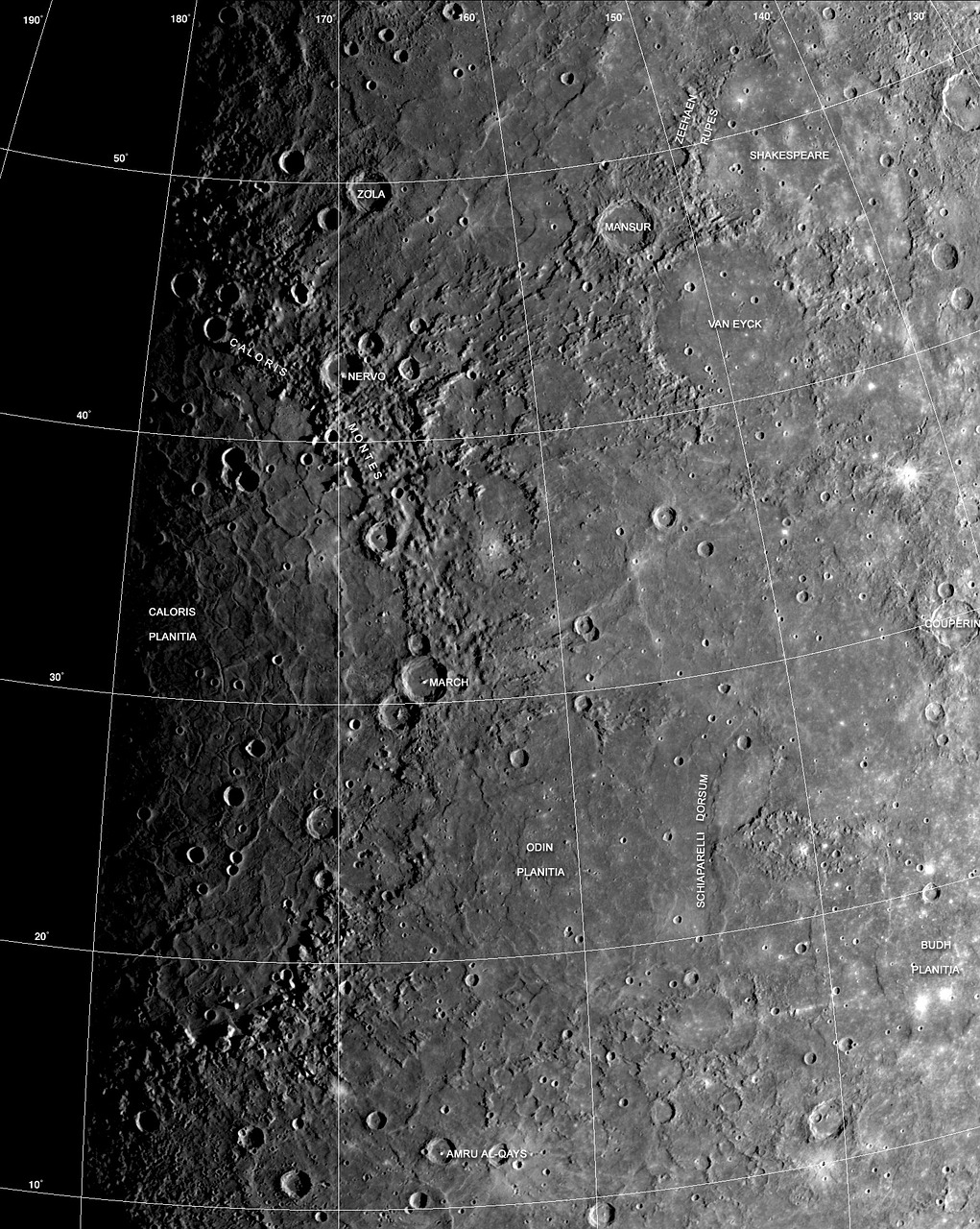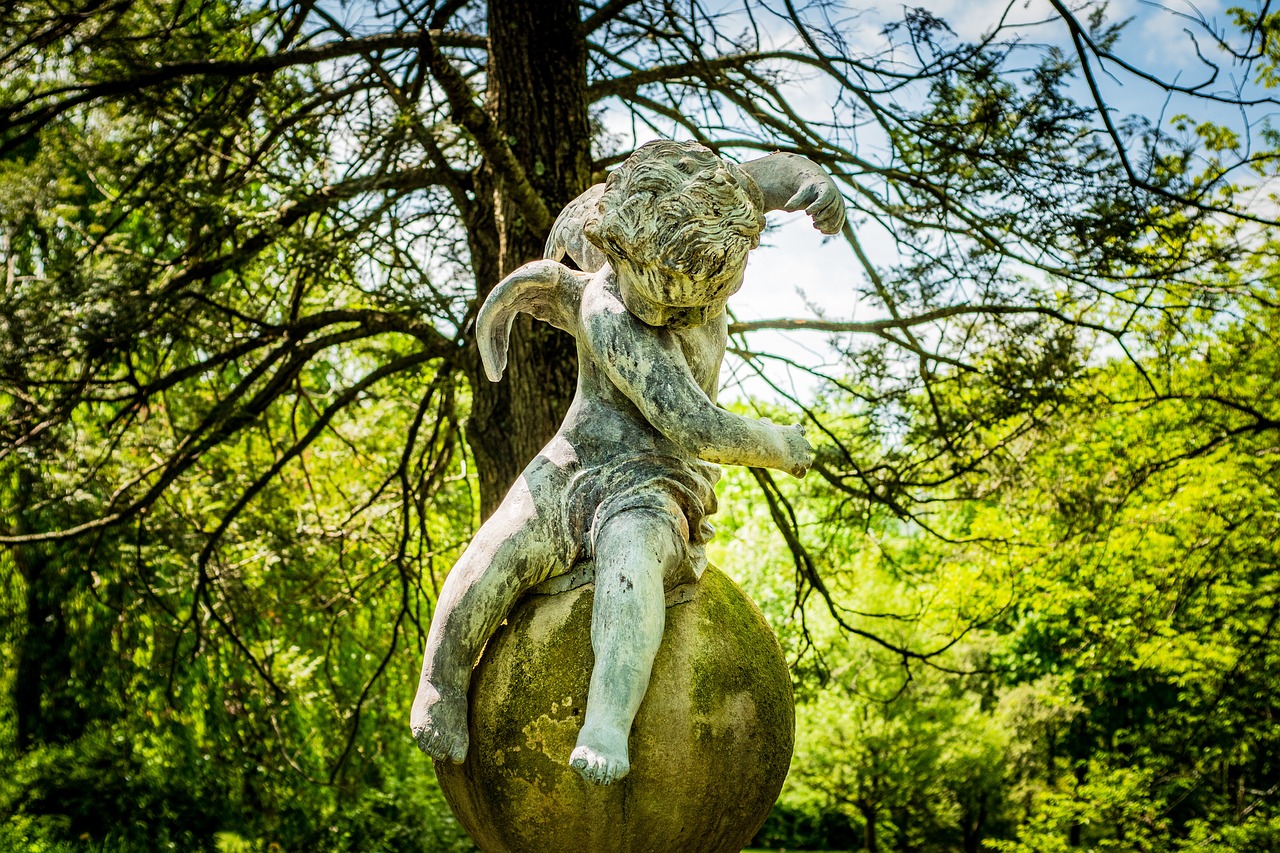Roman Mythology
-

Tellus: The Roman Goddess of Earth Tellus, often referred to as Tellus Mater, is the Italian goddess representing mother earth. She was particularly called upon during earthquakes, which is significant given that her temple in Rome was established in 268 B.C. following a devastating earthquake during wartime. In Roman culture, she was associated with solemn…
-

Overview of Roman Religion Roman religion encompasses the beliefs and practices of the people inhabiting the Italian peninsula from ancient times until Christianity’s rise in the 4th century CE, a period termed Classical antiquity. Cicero, a prominent orator and politician, highlighted that Romans perceived their unique wisdom in recognizing that all things are governed by…
-

Pomona, the ancient Roman goddess representing fruit trees and orchards, derives her name from ‘pomum’, which translates to fruit or orchard fruit in Latin. Unlike many deities in Roman mythology, she holds a unique status with no direct Greek equivalent, although parallel comparisons can be drawn with Demeter, the Greek goddess of agriculture. Artistic representations…
-

Roman Religion: Beliefs and Practices from Ancient Times Roman religion, often referred to as Roman mythology, encapsulates the beliefs and rituals practiced by the inhabitants of the Italian peninsula from antiquity until the rise of Christianity in the 4th century CE. This epoch is known as Classical antiquity. Nature and Meaning of Roman Religion The…
-

Quirinus is an enigmatic deity from ancient Roman traditions, often celebrated alongside Jupiter and Mars. His association with Quirinal Hill connects him to the protection of the Roman populace and even ties him back to the legendary founding figure of Rome. The Roots of Quirinus The name Quirinus is closely tied to Quirinal Hill, a…
-

Mercury, known as Mercurius in Roman mythology, holds the title of the deity governing commerce. He serves a vital role as an intermediary between gods and humans, recognized for his remarkable speed due to his winged sandals, which also symbolize the flow of goods, messages, and people. Mercury is venerated by merchants, particularly those involved…
-

Cupid, the mythical deity of romantic passion, possesses two distinct types of arrows: one with sharp, golden tips, stirring intense desire, and another with blunt, leaden tips, evoking repulsion. In ancient Roman culture, sexual attraction was an accepted aspect of life, though it was seen as perilous if it overwhelmed one’s judgment. Cupid represents this…
-

Tellus: The Roman Goddess of the Earth Tellus, often referred to as Tellus Mater, is the Italian goddess representing the earth. Her presence was felt during seismic events, with a temple dedicated to her in Rome, which was established in 268 B.C. following an earthquake amidst war. As a protector during natural calamities, she was…
-

I went ahead and purchased it. The experience turned out to be truly remarkable. It’s interesting how I sought advice from friends who, just like me, infamously disregard their own book-buying restrictions. It’s reminiscent of when I reach out to my friend about whether to indulge in a trendy pair of shoes. To summarize, Nox…
-

Overview of an Ancient Roman Sculpture Period and Material Dating from the late 1st century to the early 2nd century A.D., this sculpture is crafted from Carrara marble, measuring approximately 150.5 x 58.4 x 53.3 cm and weighing around 426.38 kg. Acquisition Details This artwork was purchased by the museum in honor of Mrs. W.…


